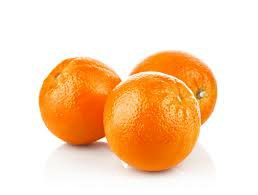 Sitemap
SitemapMobile Math Website
Dividing Fractions
A fraction is a mathematical result of division that represents a portion of something. The denominator of a fraction can never equal zero. A zero denominator is undefined math.
Suppose we divided 96 by 14 using long division:
6 R 12
14/ 96
The result has a remainder of 12, a fractional amount of the denominator.
Using fraction division instead of long division:
96/14 = 6 12/14 = 6 6/7
Dividing Complex Fractions
When we are dividing fractions there is a fraction numerator divided by fraction denominator. With a complex fraction we are dividing fractions by fractions, each has its own numerator and denominator.
Any number can be divided by 1 without changing its value. Dividing a numerator or denominator by 1 makes that fraction a complex fraction:
5/8 = (5/1) / (8/1) = (5/1) × (1/8) = 5/8
Therefore, when M and N are real numbers:
M/N = (M/1) / (N/1) = (M/1) × (1/N) = M/N
This is because multiplying and dividing fractions are opposite math operations.

(3/1) / (2/1) = 3/1 × 1/2 = 3/2 = 1 1/2

Fraction division becomes multiplication by taking the reciprocal fraction of the denominator to multiply by the numerator.
M
1
M

N
P
=

N
P
=
M × P
1 N
=
MP
N
When dividing fractions we can always perform the division using complex fractions.
3

2
4
=
3
1

2
4
=
3 × 4
1
2
=
12
2
=
6
Dividing Mixed Fractions
Dividing mixed fractions consists of either or both the numerator or denominator being a mixed number.
Integer divided by a mixed number:
- Convert mixed numbers to improper fractions:
5 / (1 3/4) = (5) / (7/4) = - Convert integer numerator to a fraction:
(5) / (7/4) = (5/1) / (7/4) = - Convert fraction division to fraction multiplication by the reciprocal of the denominator:
(5/1) / (7/4) = (5/1) × (4/7) = - Solve by fraction multiplication:
(5/1) × (4/7) = 20/7 = 2 6/7
(5/1) / (1 3/4) = (5) / (7/4) = (5/1) × (4/7) = 20/7 = 2 6/7
Mixed number divided by a mixed number:
2 3/5 / 1 1/3 = (13/5) / (4/3) = (13/5) × (3/4) = 39/20 = 1 19/20
3 3/7 / 1 2/3 = (24/7) / (5/3) = (24/7) × (3/5) = 72/35 = 2 2/35
Copyright © DigitMath.com
All Rights Reserved.